
The year the Mayflower
arrived in Plymouth.

The number of days it took the Mayflower to sail from England to Cape Cod.

Pairs of shoes that could be found in passenger William Mullins’ luggage in 1620, as well as 13 pairs of boots.
When the Pilgrims arrived they met native Americans, people whose roots ran deeply into the past as well. In fact, human habitation in the region dated back into the last Ice Age, approximately 13,000 years. The Pilgrims, rather than stepping into a whole “new world,” became part of a very old one.
It was a first step for European colonization of North America, but it was far from the first step. The Massachusetts coastline alone had been studied, poked and prodded by Bartholomew Gosnold and John Smith, as far back as 1602. The failed settlement at Jamestown, in what became Virginia in 1607, brought pause to would-be adventurers’ thoughts of getting rich off the abundant and untapped natural resources of the continent. Fears that the land would ultimately be uninhabitable by European settlers seemed confirmed after the first winter in Plimoth, during which 45 of the first 102 settlers died, 17 in February, 1621 alone. Fourteen of the 18 married women who arrived on the Mayflower did not survive. How could a colony thrive with such a death rate?

The length on deck (LOD), which does not include the beakhead (the protruding part at the bow), of the ship where sailors worked the sails of the bowsprit. The poop deck is also not figured into this measurement.

The length overall (LOA). This includes the poop deck and the beakhead, and represents the maximum length of Mayflower II’s hull measured parallel to the waterline. This number is important for the ship’s master to keep in mind while docking the ship.
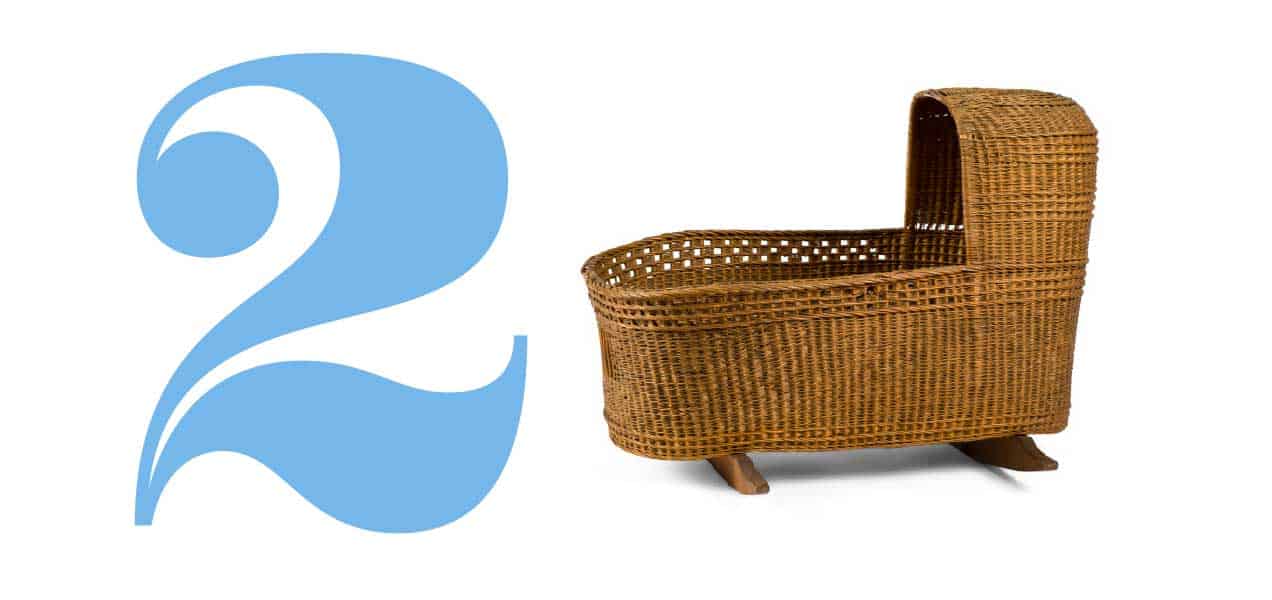
The number of babies born aboard the Mayflower. Oceanus Hopkins was born while at sea and Peregrine White was born while the ship was anchored in Cape Cod Bay.

Number of passengers aboard the original Mayflower.

126 long tons
Weight of ballast (a long ton is 2,240 pounds) to create the stability that allows Mayflower II’s wooden hull to ride safely on the sea. The weight comes from 10 tons of concrete poured among all the futtocks and frames, on both sides of the keelson, topped by 116 tons of lead ingots, mostly donated and all hand-placed individually in 65-pound ingots.
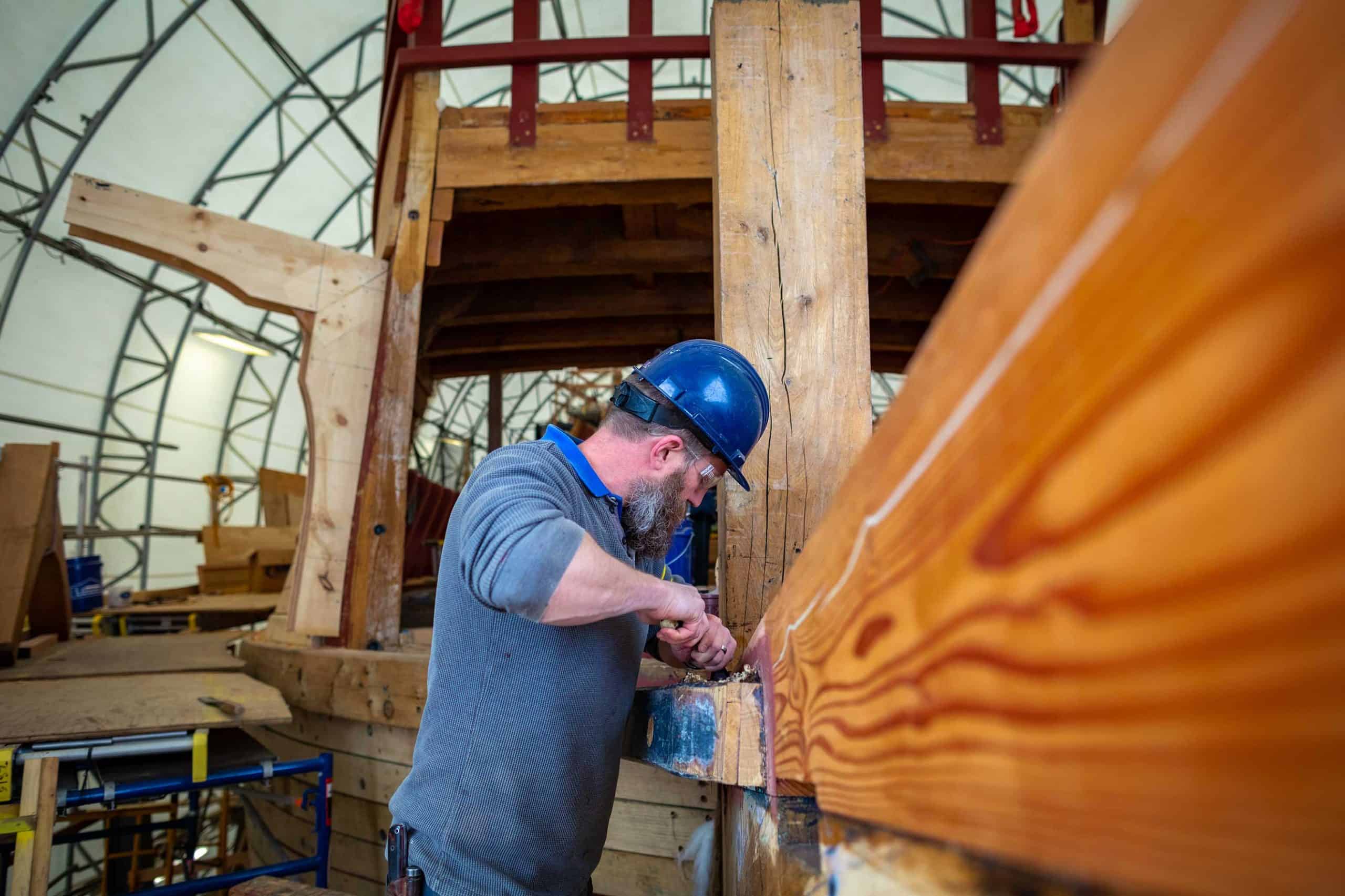
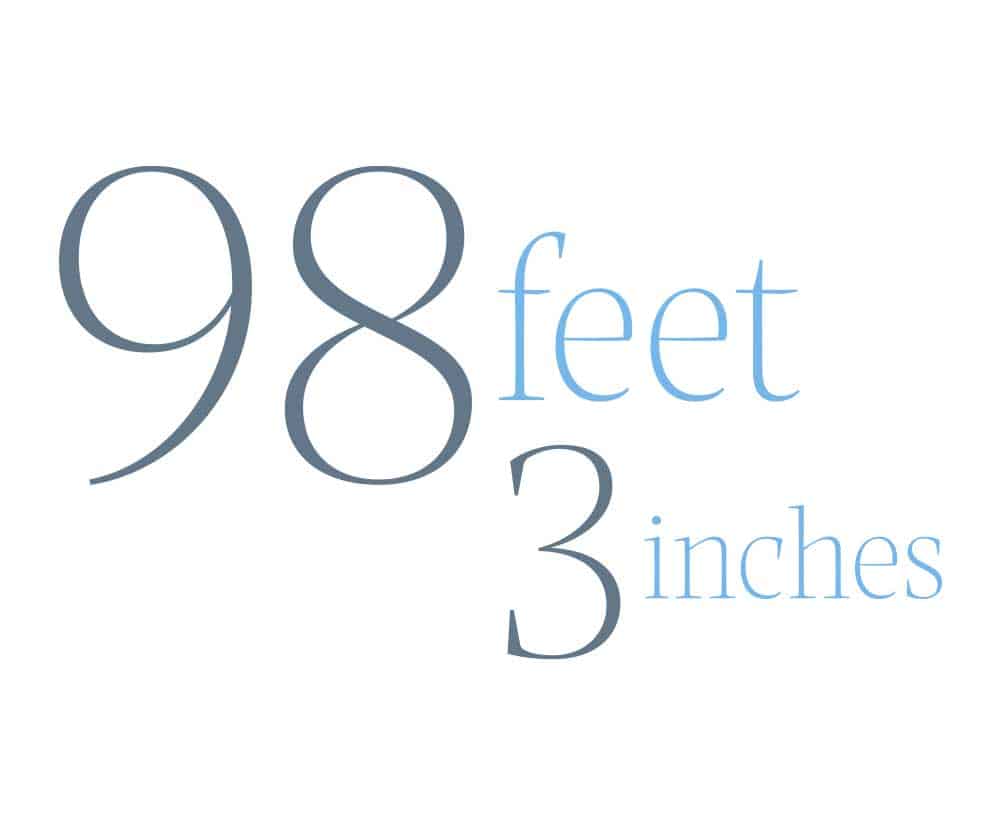
Height of the main mast off the waterline.

The temperature at which planks were steamed before being bent into shape and fastened throughout the ship.
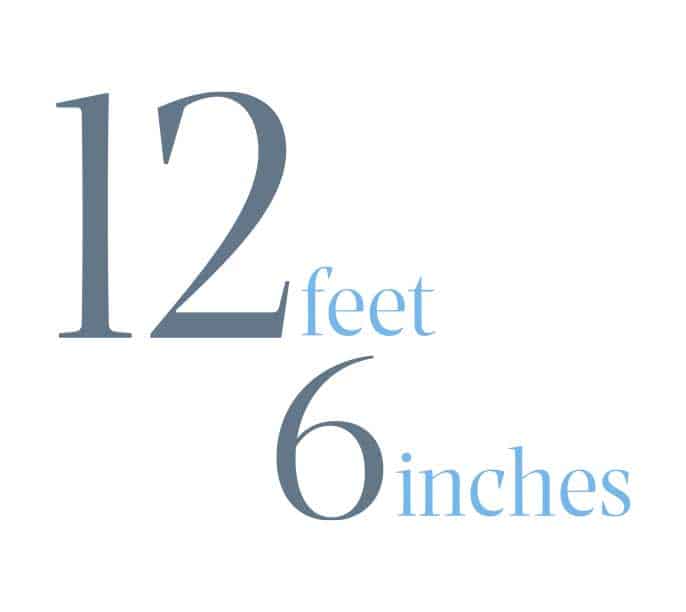
The vertical distance between the waterline and the bottom of the hull known as the draft. The ship displaces 238 long tons of water.
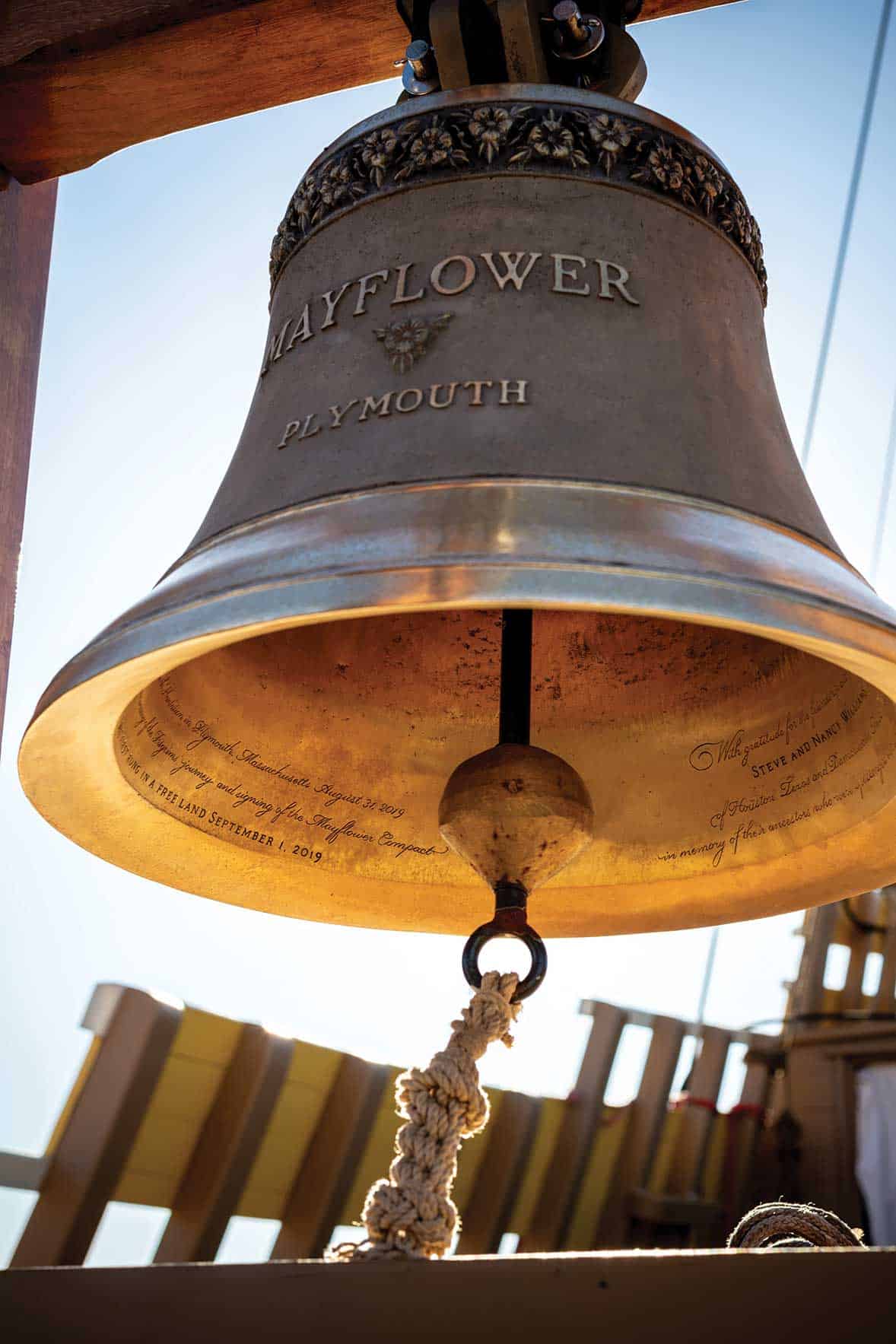
13
The number of individuals from the Plymouth VFW Memorial Post 1822 who donated personal military artifacts to be melted down and recast as a ship’s bell for the newly restored Mayflower II. The items included airman’s wings, belt buckles, medals and more.
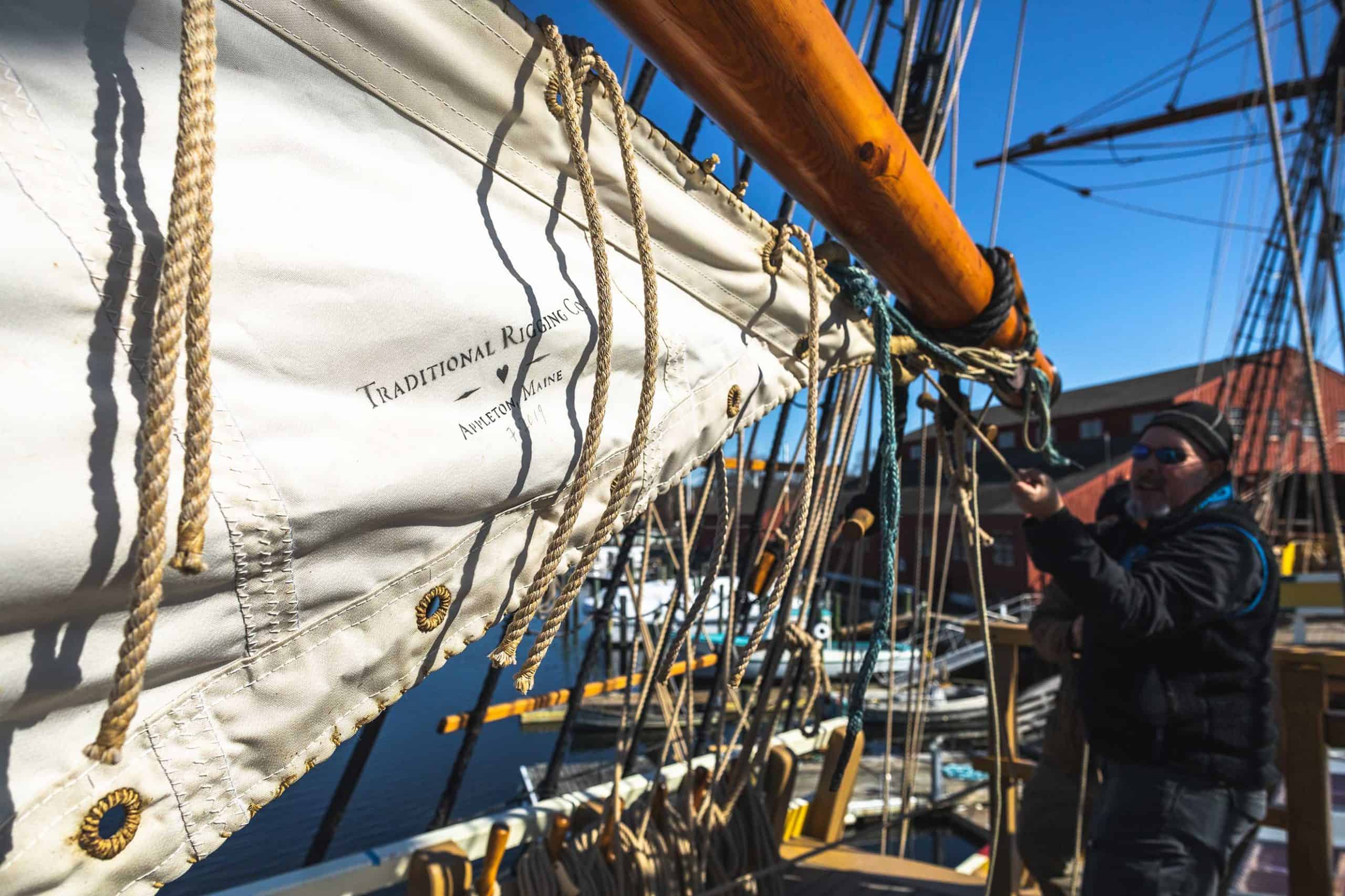
6
Number of sails that catch the wind on Mayflower II, including the main course, fore course, main topsail, fore topsail, spritsail and mizzen sail.
It was in a time of turmoil, during World War II, when English entrepreneur Warwick Charlton conceived of the need for the British to do something dramatic to thank the United States for its assistance during the war. In 1954, the vision came to him: a recreation of the Mayflower. The new Mayflower II – whatever it would look like, as no plans or drawings had survived – would become a link between the allied nations of the United Kingdom and the United States, a thank you from the former to the latter. A hustling businessman with a keen sense of marketing, Charlton made his vision a reality, drawing the world’s attention to the 1957 triumphant arrival of the ship in Plymouth, a reenactment of what had happened, then, 337 years earlier.
Mayflower II will sail again this year, returning to its home in Plymouth Harbor. The ship will welcome a new generation of passengers, enhancing their understanding of the people, places and events that culminated in America’s founding story. To learn more, visit plimoth.org.


Number of years required to season 20,000 board feet of white oak from the Royal Danish Forestry Service for optimum use as planking on the outside of the hull. The wood was cut into planks 3-inch thick and 24-30 inches wide.

The number of white oak trees sourced from an 8,000-acre forest managed by Berea College in Kentucky that have become essential interior components of the reconstructed ship, such as clamps, that run fore and aft and help hold up the deck structure. Some have become planking. On average, these trees are 30 inches in diameter and 40 feet long. Many more white oak trees came from throughout the United States and even Denmark.

